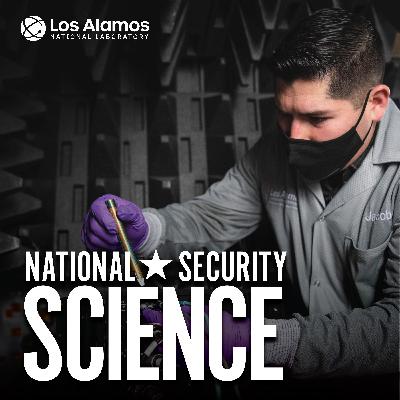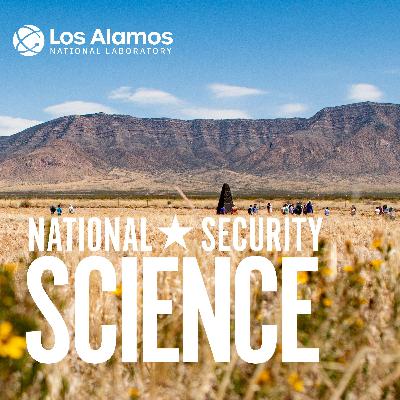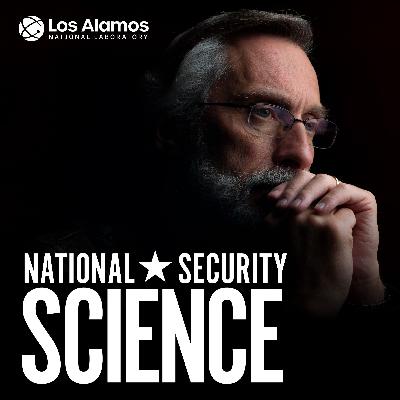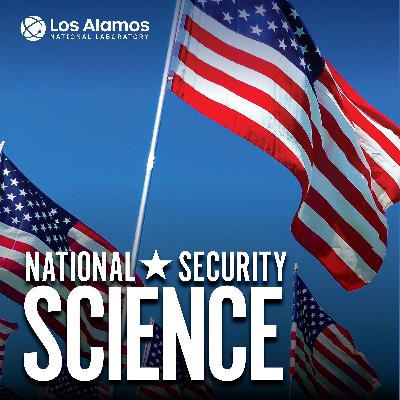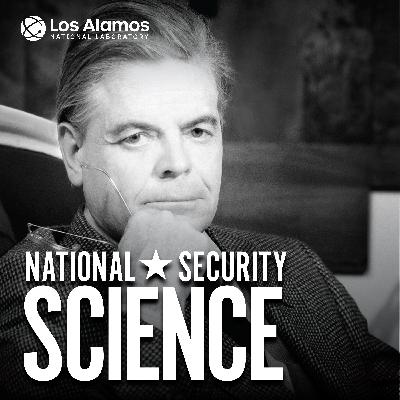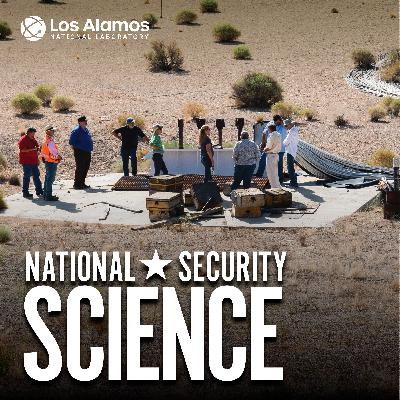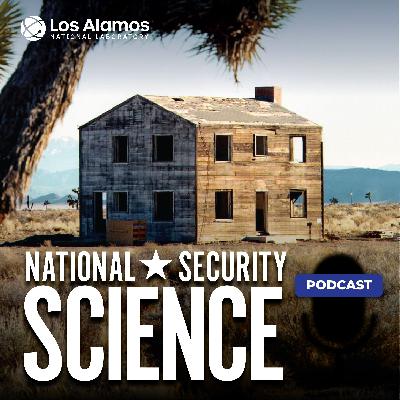Space-Proofing Nuclear Detonation Detection Equipment
Update: 2022-05-03
Description
Today we interview three scientists at Los Alamos National Laboratory in three different labs to get a glimpse of how instruments used for treaty verification are tested and developed. Instruments must be able to survive a rocket launch and also decades of harsh space weather.
Over the years, several international treaties have limited the sizes and locations of nuclear detonations. Most recently, the Comprehensive Nuclear-Test-Ban Treaty—the CTBT—prohibits all nuclear detonations, period. No one is allowed to set off a nuclear device anywhere—not underground, not underwater, not on the Earth’s surface or atmosphere, and not even in outer space.
President Bill Clinton signed the CTBT in 1996, and although the United States has not ratified the treaty, it has maintained a unilateral moratorium on nuclear testing since 1992. But what about other countries? How do we know if they’re playing by the rules?
The short answer is that the United States has the tools—many of them developed at Los Alamos National Laboratory in conjunction with Sandia National Laboratories and other entities—to detect nuclear explosions anywhere in, on, or above the world, at any time.
One way Los Alamos does this is by developing specialized sensing instruments that live on satellites and are able to detect and measure the products of a nuclear explosion. At high altitudes and in outer space, the most easily detected products are x-rays, gamma rays, and neutrons. At lower altitudes, these products interact with the atmosphere and produce detectable optical and radio signatures. If certain levels of products are detected in the right proportions, the ground systems analyzing the sensor data can definitively identify a nuclear blast, estimate where and when it occurred, and gauge how big it was.
So now we come to today’s topic; surviving space.
Over the years, several international treaties have limited the sizes and locations of nuclear detonations. Most recently, the Comprehensive Nuclear-Test-Ban Treaty—the CTBT—prohibits all nuclear detonations, period. No one is allowed to set off a nuclear device anywhere—not underground, not underwater, not on the Earth’s surface or atmosphere, and not even in outer space.
President Bill Clinton signed the CTBT in 1996, and although the United States has not ratified the treaty, it has maintained a unilateral moratorium on nuclear testing since 1992. But what about other countries? How do we know if they’re playing by the rules?
The short answer is that the United States has the tools—many of them developed at Los Alamos National Laboratory in conjunction with Sandia National Laboratories and other entities—to detect nuclear explosions anywhere in, on, or above the world, at any time.
One way Los Alamos does this is by developing specialized sensing instruments that live on satellites and are able to detect and measure the products of a nuclear explosion. At high altitudes and in outer space, the most easily detected products are x-rays, gamma rays, and neutrons. At lower altitudes, these products interact with the atmosphere and produce detectable optical and radio signatures. If certain levels of products are detected in the right proportions, the ground systems analyzing the sensor data can definitively identify a nuclear blast, estimate where and when it occurred, and gauge how big it was.
So now we come to today’s topic; surviving space.
Comments
In Channel

